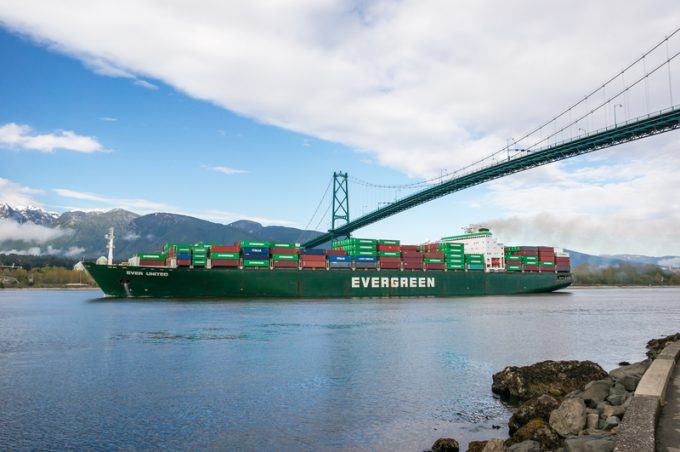CMA CGM gets closer to rival carriers on Indian trades
CMA CGM appears to be warming to new network partners on Indian trades to compete ...

Ocean carriers with a greater percentage of their business focused on the Asia and North America trades are likely to see the highest earnings in the second half of the year, according to Alphaliner.
“Many service contracts on this tradelane, which are usually renewed in early May, have been concluded at rates which are not far below spot freight rates,” said the consultant.
Indeed, BCOs on the transpacific have been locked into new annual contracts at much higher rates, as evidenced by ...
Volcanic disruption at Anchorage could hit transpacific airfreight operations
Macron calls for ‘suspension’ – CMA CGM's $20bn US investment in doubt
De minimis exemption on shipments from China to the US will end in May
Forwarders stay cool as US 'liberation day' tariffs threaten 'global trade war'
Trump tariffs see hundreds of cancelled container bookings a day from Asia
Mixed response in US to 'Liberation Day', while China leads wave of retaliation
Tariffs and de minimis set air freight rates on a volatile course


Comment on this article